By Film Noir Blonde and Mike Wilmington
The Noir File is FNB’s guide to classic film noir, neo-noir and pre-noir on Turner Classic Movies (TCM), which broadcasts them uncut and uninterrupted. The times are Eastern Standard and (Pacific Standard).
PICK OF THE WEEK
“The Big Heat” (1953: Fritz Lang). Tuesday, July 9: 9:15 a.m. (6:15 a.m.).
“When a barfly gets killed, it could be for any one of a dozen crummy reasons,” says Police Lt. Ted Wilks (Willis Bouchey) in “The Big Heat.” Fritz Lang’s grim but gratifying crime drama from 1953 is laced with violence that’s still a bit shocking even by today’s standards.
Easy on the eyes Glenn Ford, the incomparable Gloria Grahame and ever-glowering Lee Marvin star in this unforgettable noir.
You can read the full FNB review here.
Friday, July 5
2:30 p.m. (11:30 a.m.): “Hangmen Also Die!” (1943, Fritz Lang). With Brian Donlevy, Walter Brennan and Anna Lee. Reviewed on FNB Feb. 27, 2012.
8 p.m. (5 p.m.): “The Four Hundred Blows” (1959, François Truffaut). Noir-lover Truffaut’s astonishing Cannes prize-winning feature film debut: the semi-autobiographical tale of the write-director’s boyhood life of parental neglect, explorations of Paris, street play, movie-going and petty crime, with Jean-Pierre Léaud as the young Truffaut character, Antoine Doinel. Truffaut and Doinel made four more Doinel films, and they might be making them still, but for the great French filmmaker’s untimely death in 1984. (In French, with English subtitles.)
The beginning of a month-long Friday night Truffaut retrospective, hosted by New York Magazine movie critic David Edelstein.
Saturday, July 6
8 p.m. (5 p.m.): “Key Largo” (1958, John Huston). With Humphrey Bogart, Lauren Bacall, Edward G. Robinson and Claire Trevor. Reviewed on FNB August 10, 2012.
Sunday, July 7
4 p.m. (1 p.m.): “Rebel Without a Cause” (1955, Nicholas Ray). With James Dean, Natalie Wood and Sal Mineo. Reviewed on FNB April 18, 2013.
4:30 a.m. (1:30 a.m.): “The Fugitive” (1947, John Ford). With Henry Fonda, Dolores Del Rio and Ward Bond. Reviewed on FNB July 28, 2012. [Read more…]
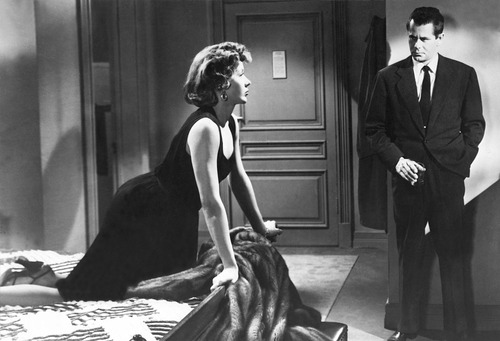
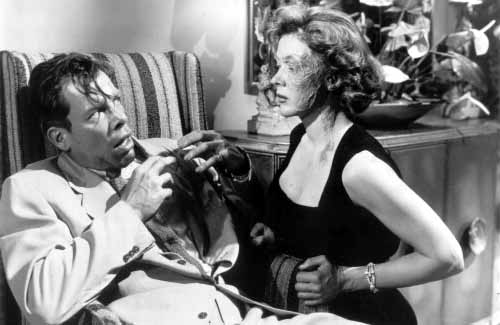





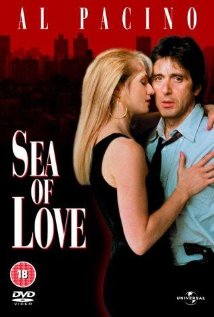
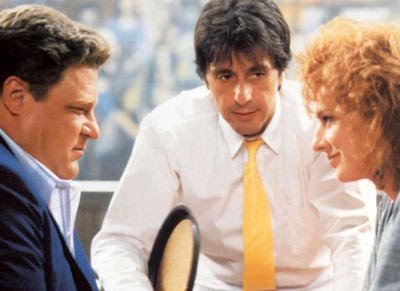



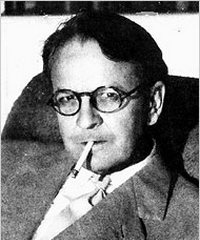
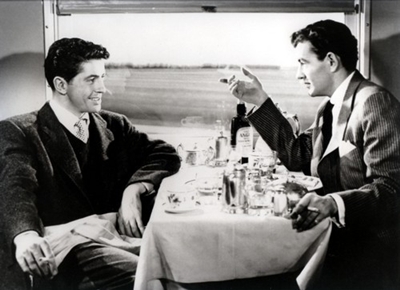
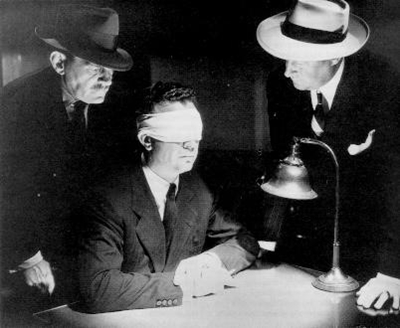
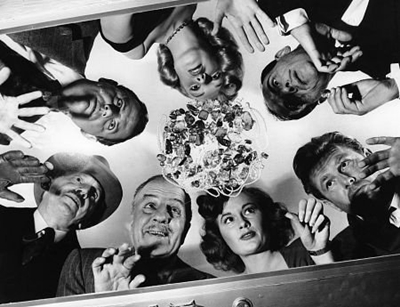
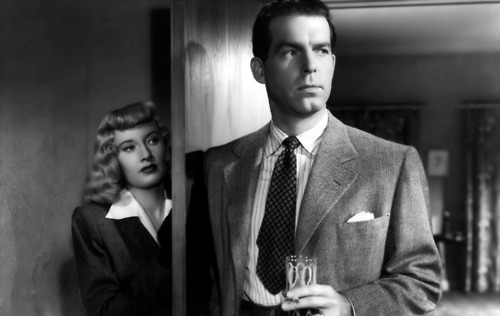

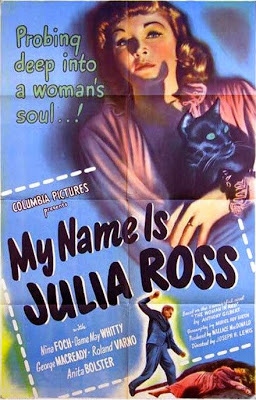

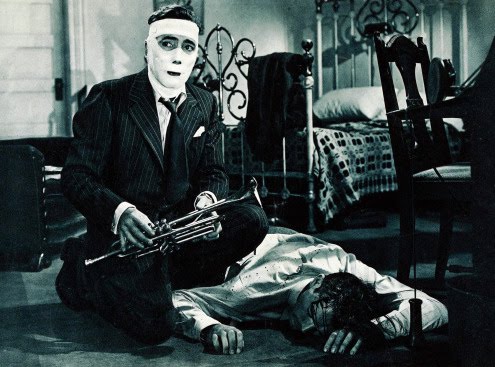
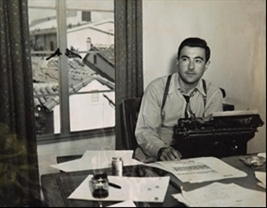
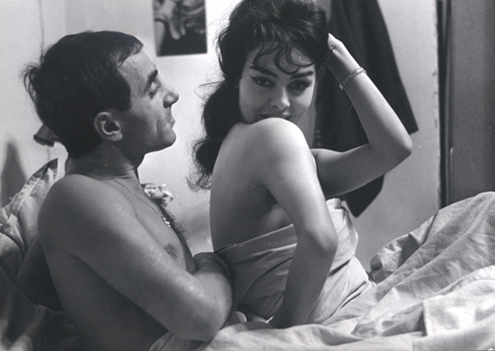
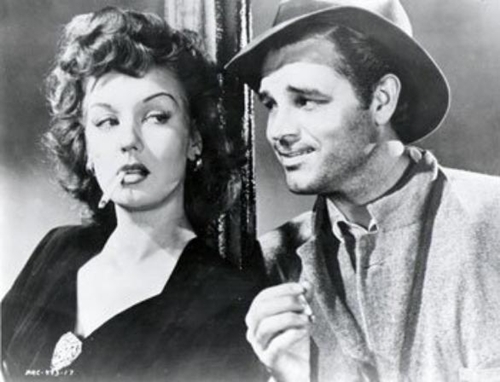
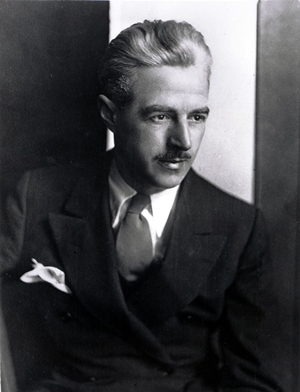
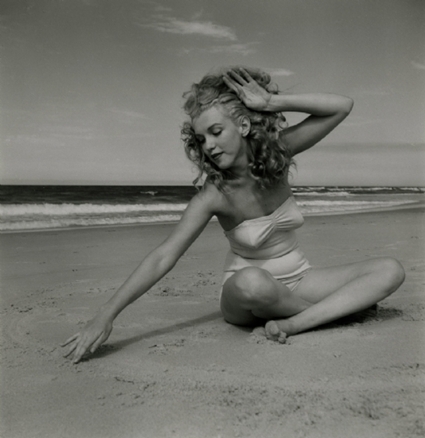

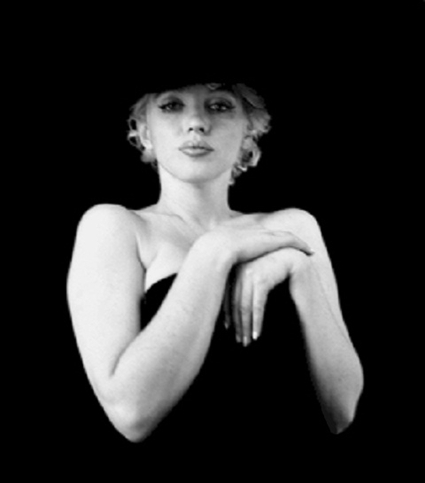
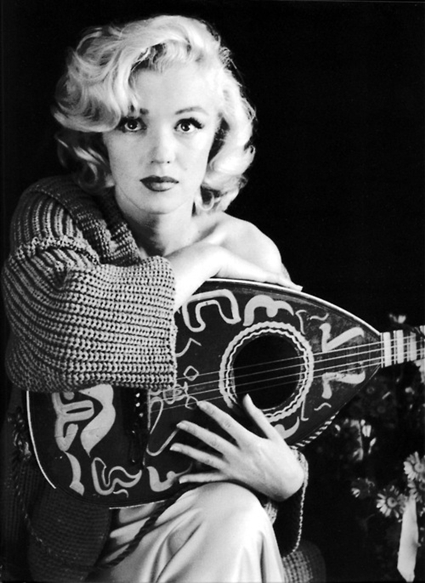
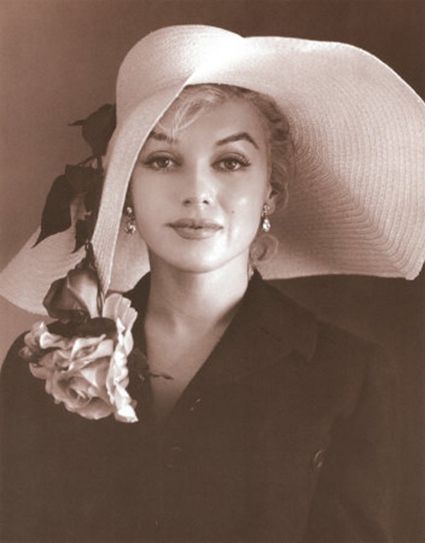
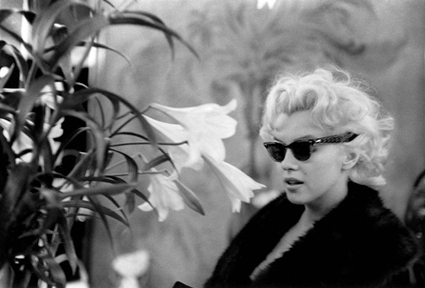

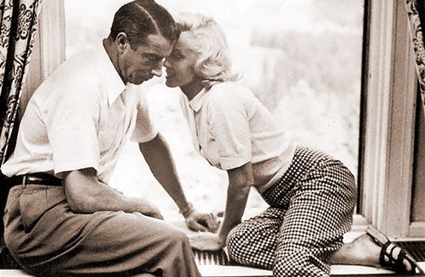

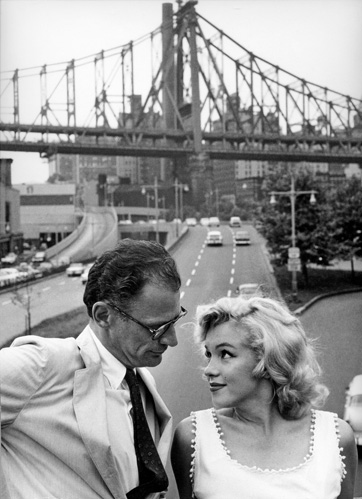

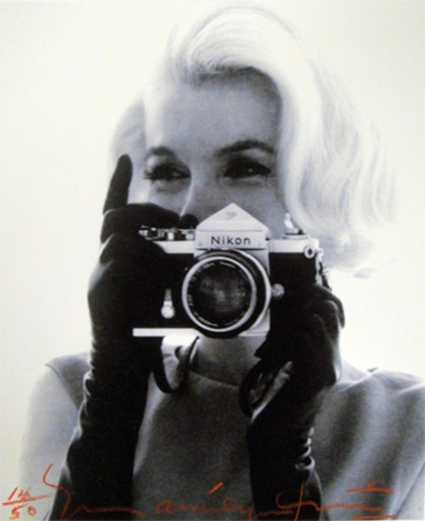
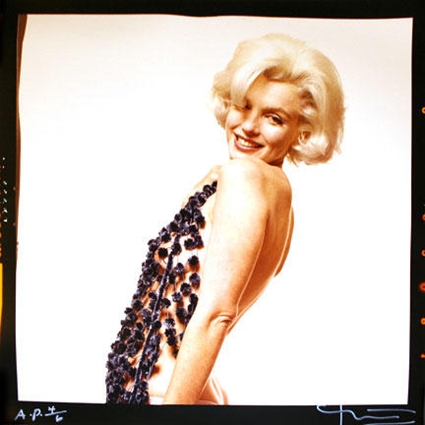
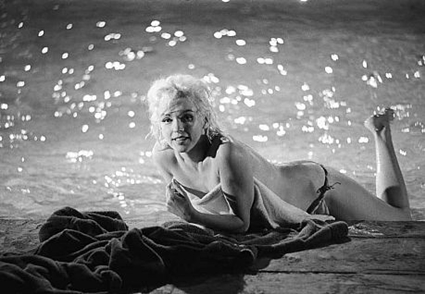

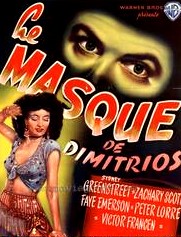
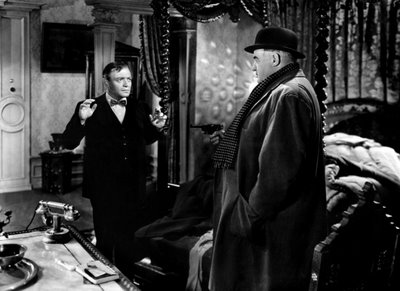
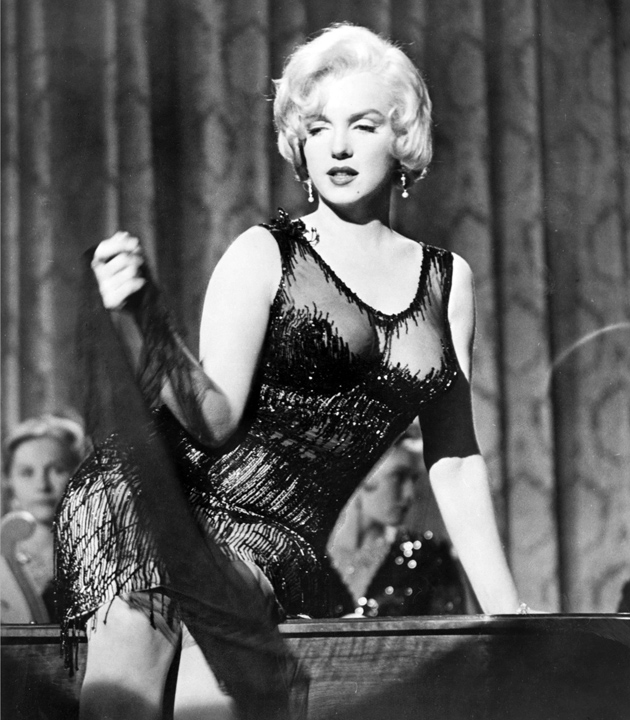





From FNB readers